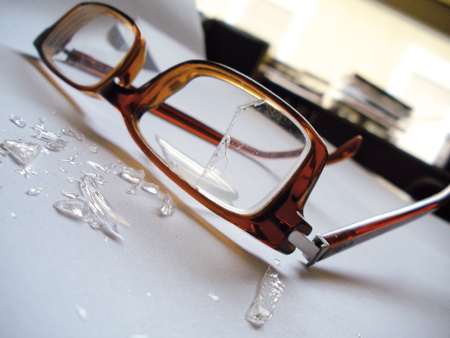 |
| Public domain image by Jean Froidevaux |
Photographers who do occasional paid work are often surprised to learn that they are legally considered to be semi-professional despite the definitions of amateur, semi-professional and professional practitioners being far from clear. What is certain, however, is that the Inland Revenue regards anyone who works for money as employed, and consequently expects appropriate declarations of even the smallest incomes to be made.
Those who photograph weddings, or other comparable events, may unwittingly expose themselves to a number of risks. By far the most significant of these is that of public liability, sometimes known as third-party risk. This is the responsibility a photographer bears for the safety and well-being of other people and their property. If something is damaged, or someone gets injured, the aggrieved party can seek financial compensation. The sums involved can be life-changing.
Wedding photographers face perhaps the most daunting situation. They must consider carefully what consequences might arise should they be unable to undertake or complete a job, or if disaster befell their photographic efforts. If all or most images of an event are lost, the consequences can be serious. Couples may consider their wedding ruined and may seek substantial compensation. They may also demand that the whole event is re-staged for photographic purposes at the photographer's expense.
In general, semi-professional photographers are advised to cover themselves for claims of this nature up to £75,000. Some policies provide protection from public liability claims up to £1m. Professional policies include third-party risk but amateur policies are unlikely to do so. If photographers employ assistants, even on an unpaid basis, they must accept responsibility for their actions and must provide employer's liability cover.
Public liability cover is almost always bundled with photographic equipment insurance, so it difficult to separate the two. Household insurance can often be extended to cover photographic equipment but does not cover its professional use.






